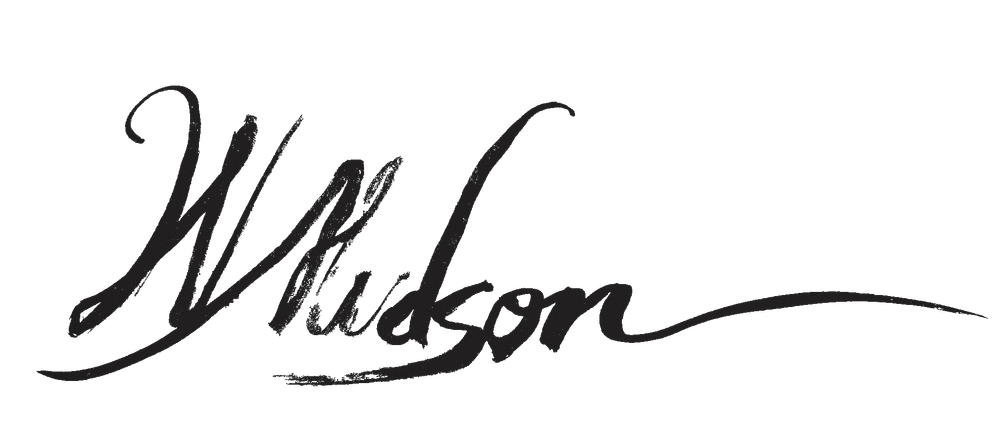 Argentina is frequently the theme of my artwork, or more specifically, Tango. Sometimes I am invited to show and sell artwork at tango events, milongas, Tango festivals, and that sort of thing. So recently, I have been thinking about the milonga from a business point-of-view. Not just because I sell artwork at milongas, but because I have, on occasion, hosted milongas, and more importantly, I simply like milongas. Furthermore, I have been reading about how professional sports market their business, and I believe there are a lot of parallels between sports marketing and Tango marketing. Thus, I have been thinking of the Tango, from an economic perspective, as a good.
Argentina is frequently the theme of my artwork, or more specifically, Tango. Sometimes I am invited to show and sell artwork at tango events, milongas, Tango festivals, and that sort of thing. So recently, I have been thinking about the milonga from a business point-of-view. Not just because I sell artwork at milongas, but because I have, on occasion, hosted milongas, and more importantly, I simply like milongas. Furthermore, I have been reading about how professional sports market their business, and I believe there are a lot of parallels between sports marketing and Tango marketing. Thus, I have been thinking of the Tango, from an economic perspective, as a good.
Tango is an art. Yet the Tango “product” is not. The Tango product can be considered a bundle of goods that include the milonga, classes and private lessons. However, at its core, the Tango product is the social dance, the milonga. The consumers of Tango products are the dancers and spectators. The Tango product, with its many variables, is difficult to predict or control. The room temperature, the acoustics, the floor condition, and the seating are some variables that impact the mood of the milonga. Furthermore, although the event manager knows that the consumer is there looking for a remarkable dance, he (or she) cannot control that particular outcome. Additionally, disparate skill levels among dance students can make a Tango class chaotic. The Tango product, then, is subjective in the sense that consumers may have different experiences. Thus, those who sell the Tango product experience different challenges than those who sell, say…a vacuum cleaner. So what is the purveyor of such a product to do if he (or she) desires to achieve the best results and strengthen the reputation of their milonga? There are strategies.
One approach for Tango marketers to ensure quality is to emphasize product extensions. These are things that the coordinator can control and make consistent. Things like presentation and style can soften the effect of bad dances. Here, the location of the milonga is paramount. A location that comes with panache can set the event up for success. Food and drink, lighting, and table arrangement are all product extensions, but there is something else. Many times, the consumers of Tango products are consumers of visual art. Combining the two provides additional value to the consumer and benefits both the artist and the milonga.
Having an art show at the Tango event can enhance the event in several ways. Promoters can take advantage of the emotional impact of the artwork by including it in marketing materials for the event. The display of Tango artwork at the event contributes to the style, atmosphere and presentation of the event. Programs such as silent auctions, art lotteries, drawings, and meet-the-artist events add excitement to the event. The core Tango products must be pre-sold. I always encourage event planners to select any of my original, copyright-protected images for use in their promotion. My Tango artwork has been used commercially to promote dance academies and clubs, yerba mate, and even weddings. Certainly, the work can be used to promote and sell the milonga, as well as other tango related events and services. If I’m showing work at the milonga, then it should be used to promote the event in social media, websites, or posters and flyers.
Many milongas give space to vendors, and like vendors, artwork requires some space. However, artwork is unique. With the proper display, the artwork can transform the event, adding style and atmosphere that increases consumer satisfaction. This is, in effect, selling the “sizzle” with the “steak”. Furthermore, the artwork is not a commodity, like for instance, shoes. The work can only be acquired through select galleries and agents, the artist studio, or- the hosting milonga. Therefore, with the addition of the art show, comes the addition of the collectors, fans, and art appreciators, groups of people that boost attendance of the host milonga. I’m told by event planners that when I show art at a milonga, there is an increase in attendance.
Some milongas are combined with Tango classes and other programs. Massage therapy, book signing, DJ classes, and lectures (on the history of Tango) are examples of adjunct programs that add value to the milonga. Silent auctions, where individuals bid on artwork, can add engagement and interest to the milonga, especially when the DJ makes announcements that build suspense and promote the event. Drawings or lotteries, where individuals purchase tickets that give them a chance to win original work, also create drama at the event. A “meet-the-artist” event, where I can explain the artwork and answers questions, can be added to the line-up of classes that are offered at the milonga.
In conclusion, the milonga and the art show complement each other. They share the same customer base and can be combined to benefit all, the artist, the milonga and the Tango consumer. The correct mix can have a powerful impact on the success of the event by influencing presentation and ambience. The artwork is an inherent marketing and promotion tool for the milonga coordinators and art related events can provide additional programming for the event schedule. If you have a milonga and want to add an art show, then give me a shout: templespt@gmail.com
